
Who were the Inca and when did they rule?
The word Inca’ means slightly different things to different people. In one sense, it refers to members of the original Inca tribe, which first emerged in the Andean highlands around the 13th century AD. This was led by a figure known as the Sapa Inca, or unique Inca’, who ruled over a family of kinship groups made up of other Inca. However, the rule of the Sapa Inca grew to include other ethnic groups living around the city of Cuzco, the Inca capital, which consolidated to form the core of a vast empire covering territory in modern-day Peru, Bolivia, Chile, Ecuador, Argentina and Colombia. To the Inca, it was known as Tawantinsuyu, meaning the Realm of the Four Parts’, which reflected its composition of four provinces. Overall, it was a complex, multi-ethnic entity, but each of its components could be described as Inca’.
Interestingly, much of the empire’s expansion occurred in a short amount of time, beginning with the accession of the Sapa Inca Pachacuti around the year 1438 and ending with the Spanish conquest in 1572. Prior to this was what is known as the Late Intermediate Period, in which the Inca were a relatively minor entity, shaped by earlier empires such as the Wari empire, which had come to end around 1000 AD.
How was the Inca empire governed?
The role of Sapa Inca was handed down from generation to generation within the Inca ethnic group, but the successor wasn’t necessarily the eldest son of the previous Sapa Inca. There was competition between different sons for the position, and the strongest would usually inherit it.
Esta historia es de la edición April 2023 de History Revealed.
Comience su prueba gratuita de Magzter GOLD de 7 días para acceder a miles de historias premium seleccionadas y a más de 9,000 revistas y periódicos.
Ya eres suscriptor ? Conectar
Esta historia es de la edición April 2023 de History Revealed.
Comience su prueba gratuita de Magzter GOLD de 7 días para acceder a miles de historias premium seleccionadas y a más de 9,000 revistas y periódicos.
Ya eres suscriptor? Conectar
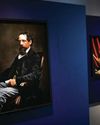
'Dickens's evocation of the fears, excitement and confusion of childhood is peerless'
DR LEE JACKSON ON WHY CHARLES DICKENS REMAINS RELEVANT TODAY
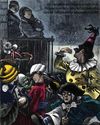
THE AUTHOR GOES ABROAD
Dickens expanded his horizons and boosted his fan-base by venturing overseas - but global fame came with a cost
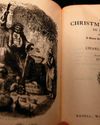
REVIVING THE FESTIVE SPIRIT
A Christmas Carol wasn't just a bestseller - it changed the way that Britons chose to mark the festive season

GIVING THE POOR A VOICE
From Hard Times to Oliver Twist, Charles Dickens used his pen to help illuminate the lives of the less fortunate
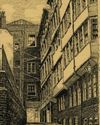
A JOURNEY THROUGH DICKENS'S LONDON
The works of Charles Dickens are synonymous with visions of Victorian London. We talk to Dr Lee Jackson about the author's love of the capital, and the locations that most inspired him
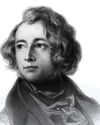
EXCEEDING EXPECTATIONS
Dr Lee Jackson chronicles Charles Dickens's journey from down-at-luck teenager to titan of Victorian literature
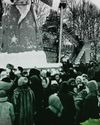
GIFTS, TREES & FEASTING
We take a journey through the photo archives to reveal how Christmas and its many traditions have been celebrated over the years - and around the world
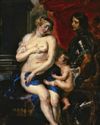
WHAT GREAT PAINTINGS SAY
We explore the story behind an allegorical painting that celebrates the triumph of love over hate, peace over war
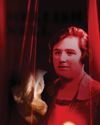
HELLISH NELL
Malcolm Gaskill delves into the life of Helen Duncan - the fraudulent Scottish medium whose ectoplasm-filled seances saw her ending up on the wrong side of the law
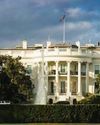
7 THINGS YOU (PROBABLY) DIDN'T KNOW ABOUT THE WHITE HOUSE
Presidential historian Dr Lindsay M Chervinsky reveals some of the most surprising facts about the world-famous US residence